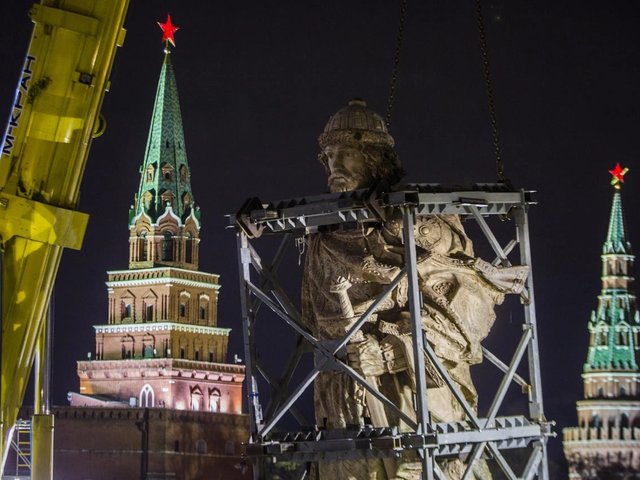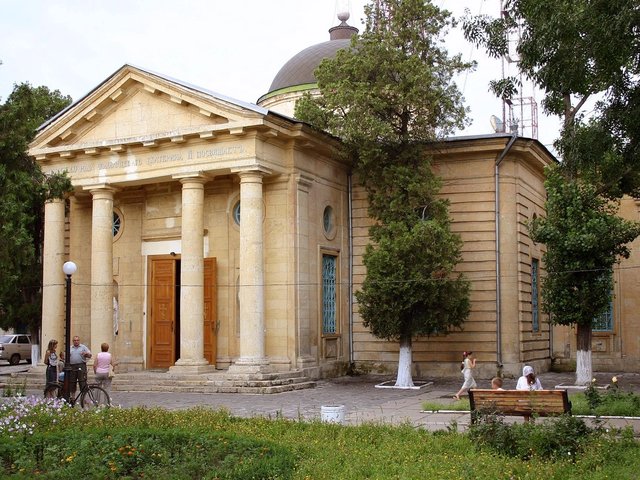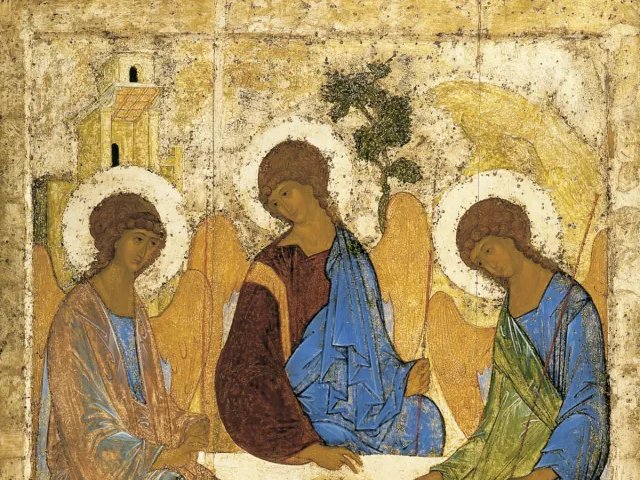Russia’s first monument to Ivan the Terrible, the 16th-century monarch known both for uniting the Russian state and killing family members and subjects, went up in the city of Oryol last month. The artist Vladislav Gultyaev, based in the Siberian city of Kansk, responded with an alternative memorial to the brutal ruler by embedding a stake covered in blood-red paint into the ground. He also wrote in a social media post that “a nation that does not draw useful lessons from its history is compelled to repeat mistakes again and again”. Although the stake was chopped down within days last week, Gultyaev said “it had already done its work”. Maybe so. On Monday, residents of Oryol woke up to find Ivan’s head covered in a bag with a sign around his neck reading: “It’s so stuffy and dark.” It remains to be seen what will happen with a controversial monument to Prince Vladimir of Kiev, who expanded and Christianised the Kievan Rus empire in the 10th century—and whom President Vladimir Putin cites as a role model—which is due to be dedicated in a ceremony near the Kremlin wall on 4 November, Russia’s Day of People’s Unity.





